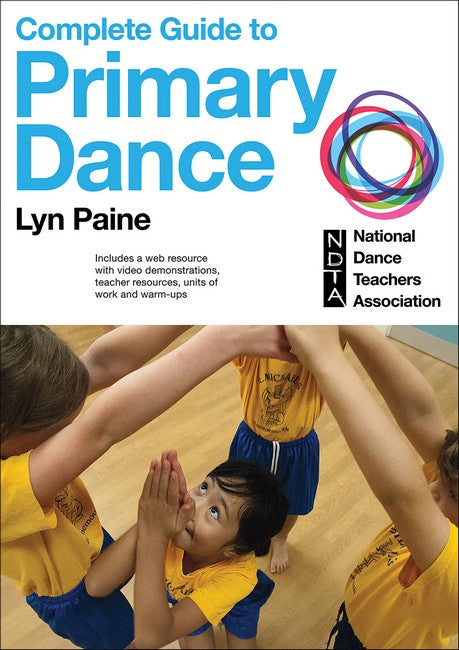Lyn Paine is an experienced teacher trainer who has taught dance to all ages and has led training for the National Dance Teachers Association and AQA awarding body. Lyn has written several dance resources and also many dance programmes for BBC Education. She has directed schools' dance performances at the Bournemouth International Centre and Royal Albert Hall. She also has worked on many other inspiring cross-arts and cross-cultural projects for children. National Dance Teachers Association (NDTA) is the only association whose sole remit is dance in education. It is a registered charity and limited company by guarantee and is a membership organisation representing dance teachers in primary and secondary schools. The NDTA seeks to ensure that all young people in the UK have equal access to a high-quality dance education. To achieve this, the association works with teachers, schools, government departments and arts and education agencies. They actively lobby for dance in the curriculum and assist in shaping policy relating to the quality, nature, range and scope of dance in the education sector. NDTA is successful in raising the profile of dance at a national level through their website, their termly publication dancematters, their respected professional development programme and the development and dissemination of good practice.
Request Academic Copy
Please copy the ISBN for submitting review copy form
Description
Chapter 1. Why Dance? What Is Dance and What Makes It Unique? Benefits of Dance Key Skills Dance and Culture Inclusive Practice Dance Beyond the Classroom Dance in the Curriculum High-Quality Dance Outcomes Summary Chapter 2. The Dance Model Brief History of Dance in Education Performing Composing Appreciating Integrated Approach to Performance, Composition and Appreciation Summary Chapter 3. Ingredients of Dance Actions (What the Body Does) Dynamics (How the Body Moves) Space (Where the Body Moves) Relationships (How We Dance With Others) Summary Chapter 4. From Ideas to Dances Planning the Dance Experience Planning for Progression Teaching and Learning Strategies Types of Dance Styles of Dance Choreographic Knowledge for the Teacher Summary Chapter 5. Warming Up, Cooling Down, and Safe Practice Warming Up Cooling Down Safe Practice Summary Chapter 6. Managing the Learning Establishing an Ethos Managing Behaviour Establishing Routines Managing the Space Pace and Momentum Groupings Differentiation Non-Participants Dance Space Role of the Adult Inclusive Practice Summary Chapter 7. Assessing Dance Assessment for Learning (Formative Assessment) Summative Assessment How Do Children Develop in Dance? Expectations for Dance Summary Chapter 8. Dance and the Curriculum Creative Curriculum Dance and Literacy Dance and Numeracy Dance and Science Dance and Physical Education Dance and the Arts Dance and Humanities Dance and Information Technology Dance, Design and Technology Summary Chapter 9. Resources for Dance Music for Dance Professional Dance Professional Dance Artists Summary

